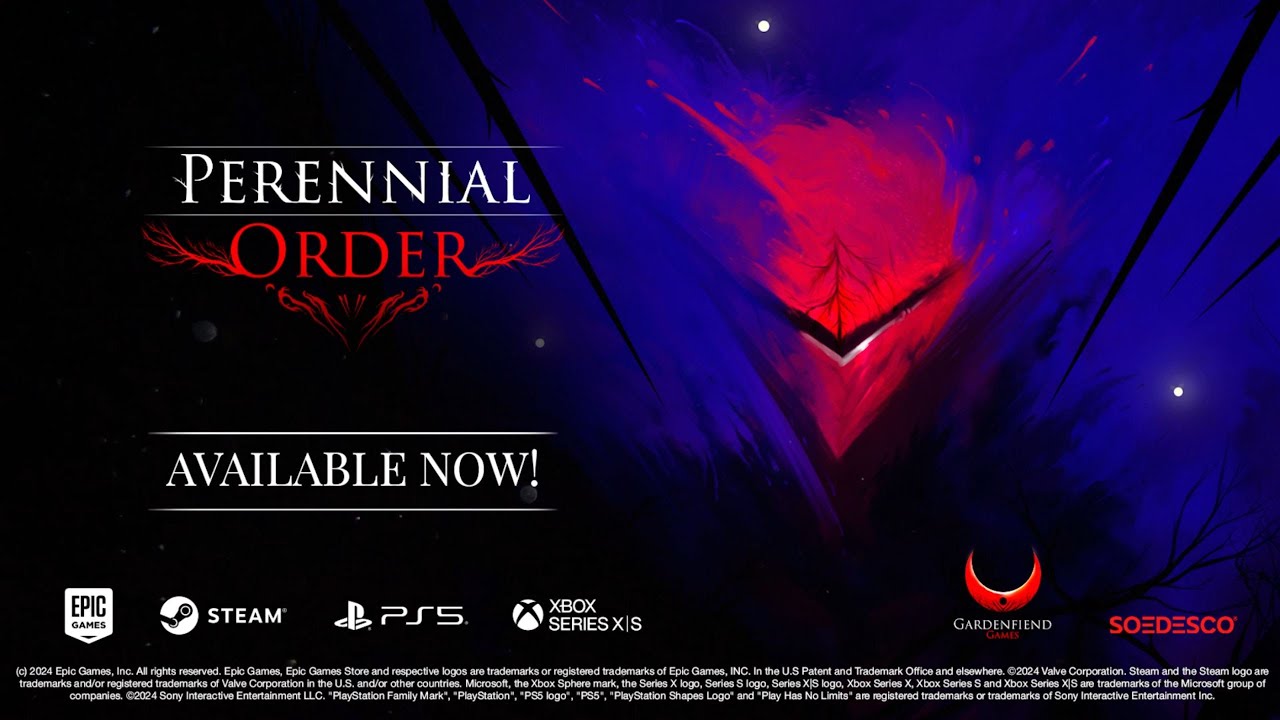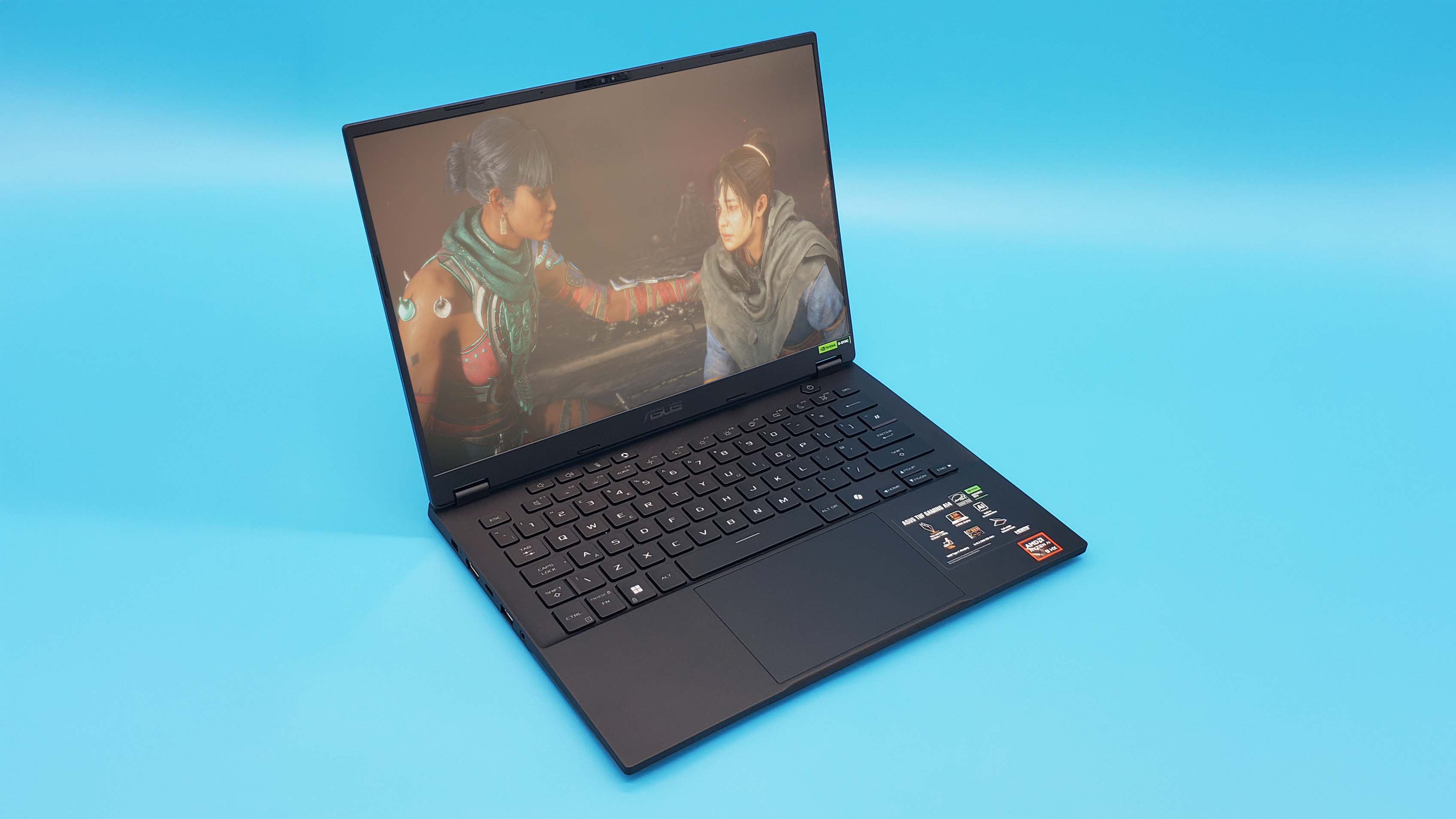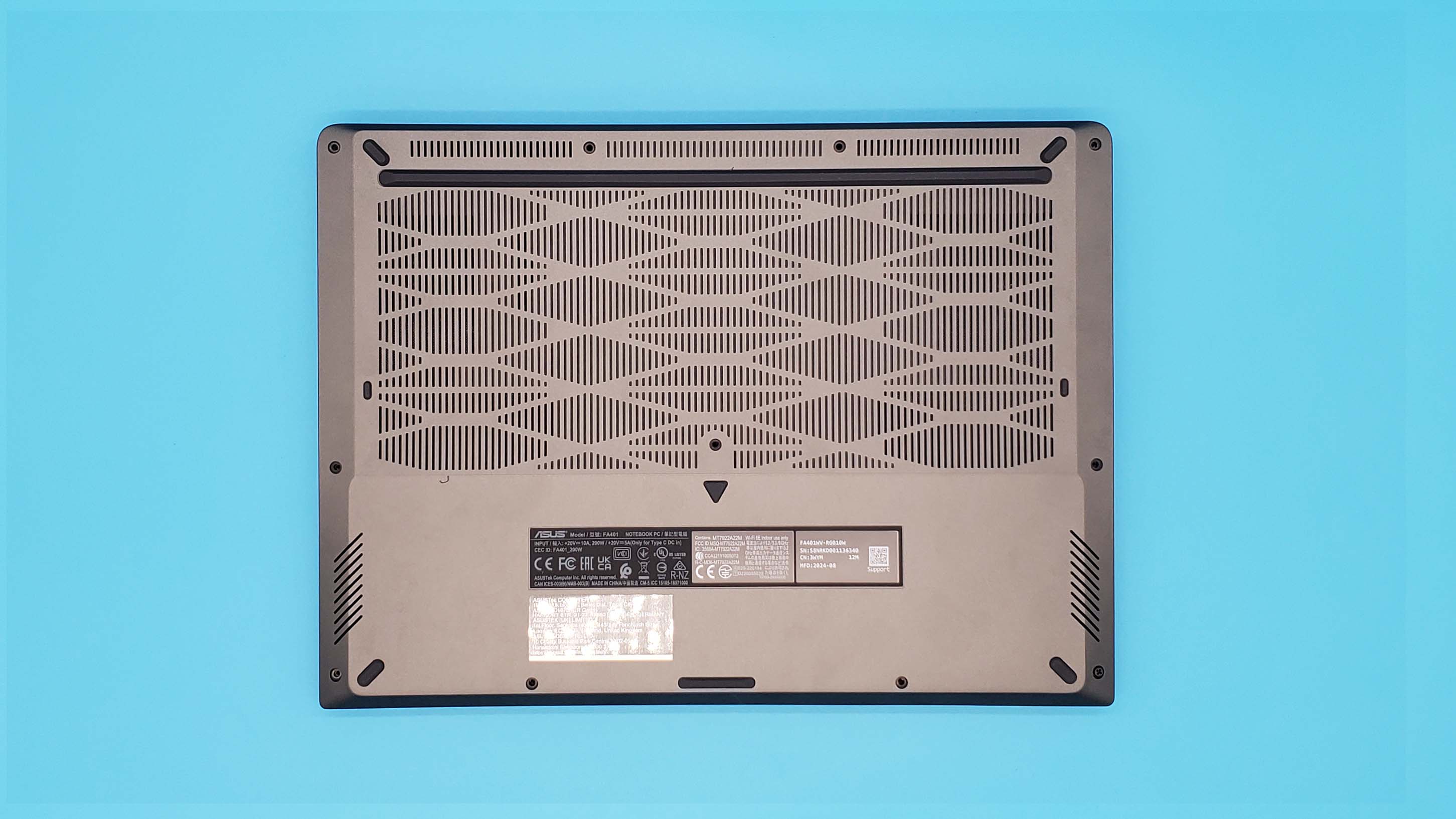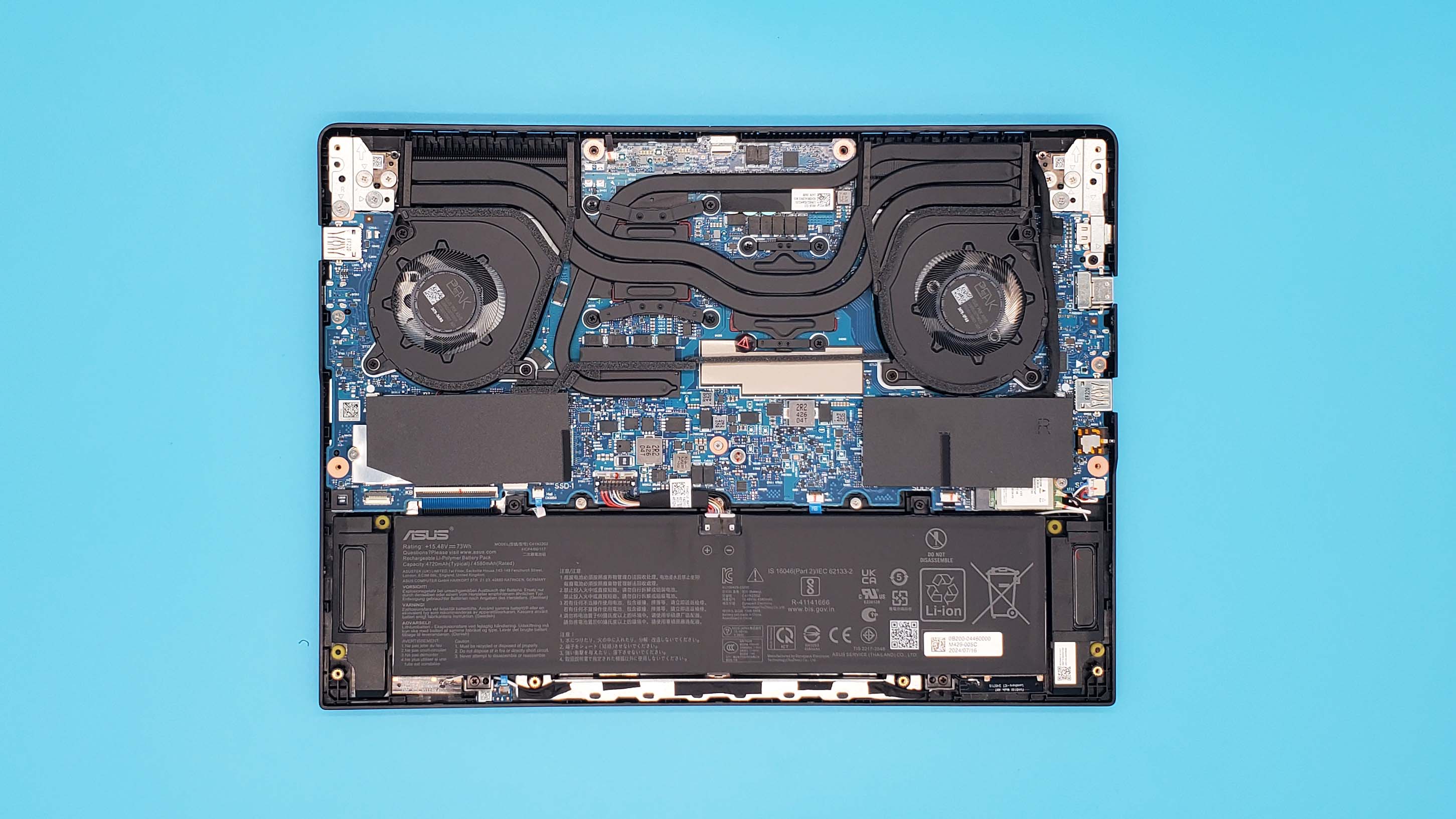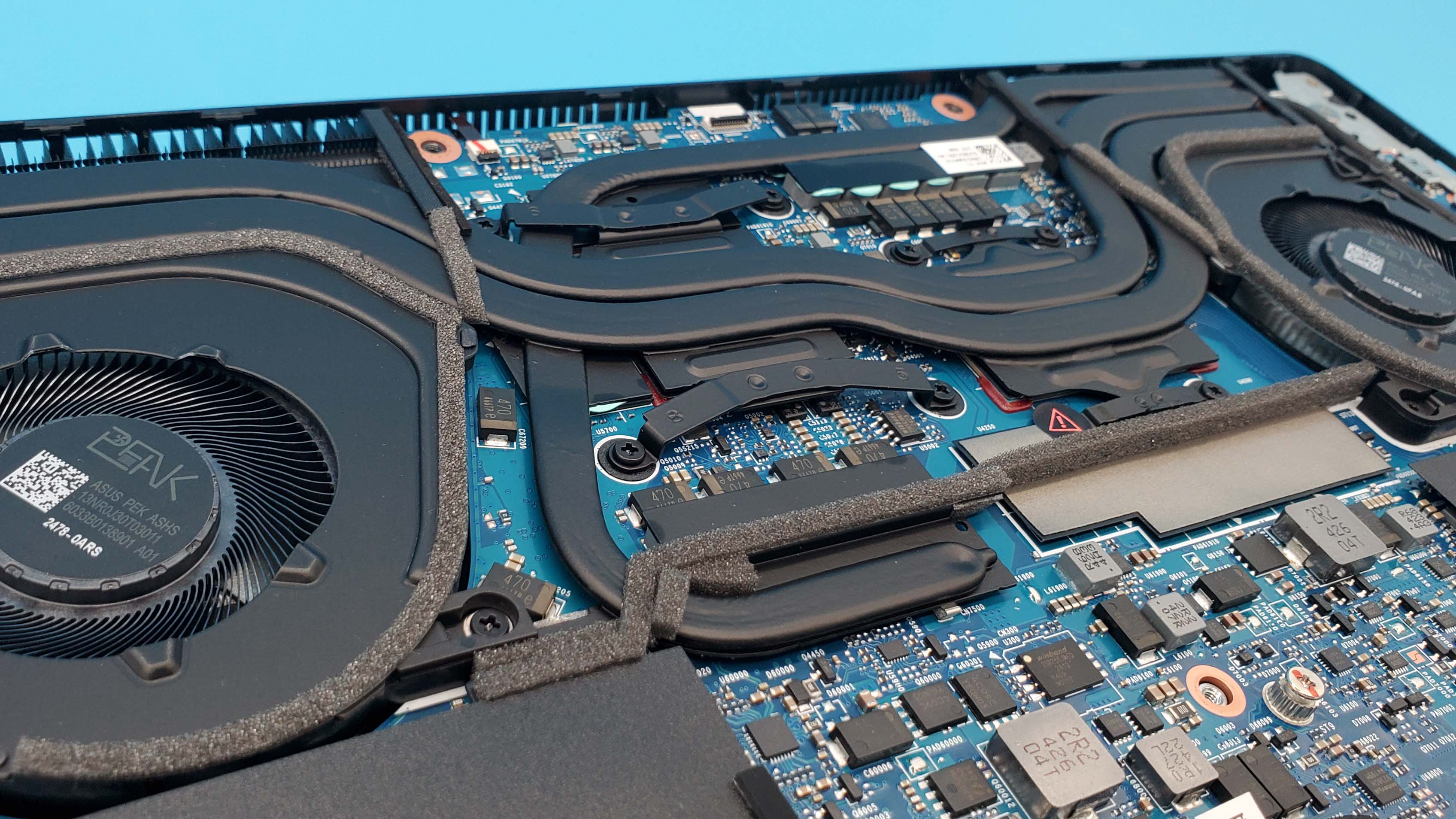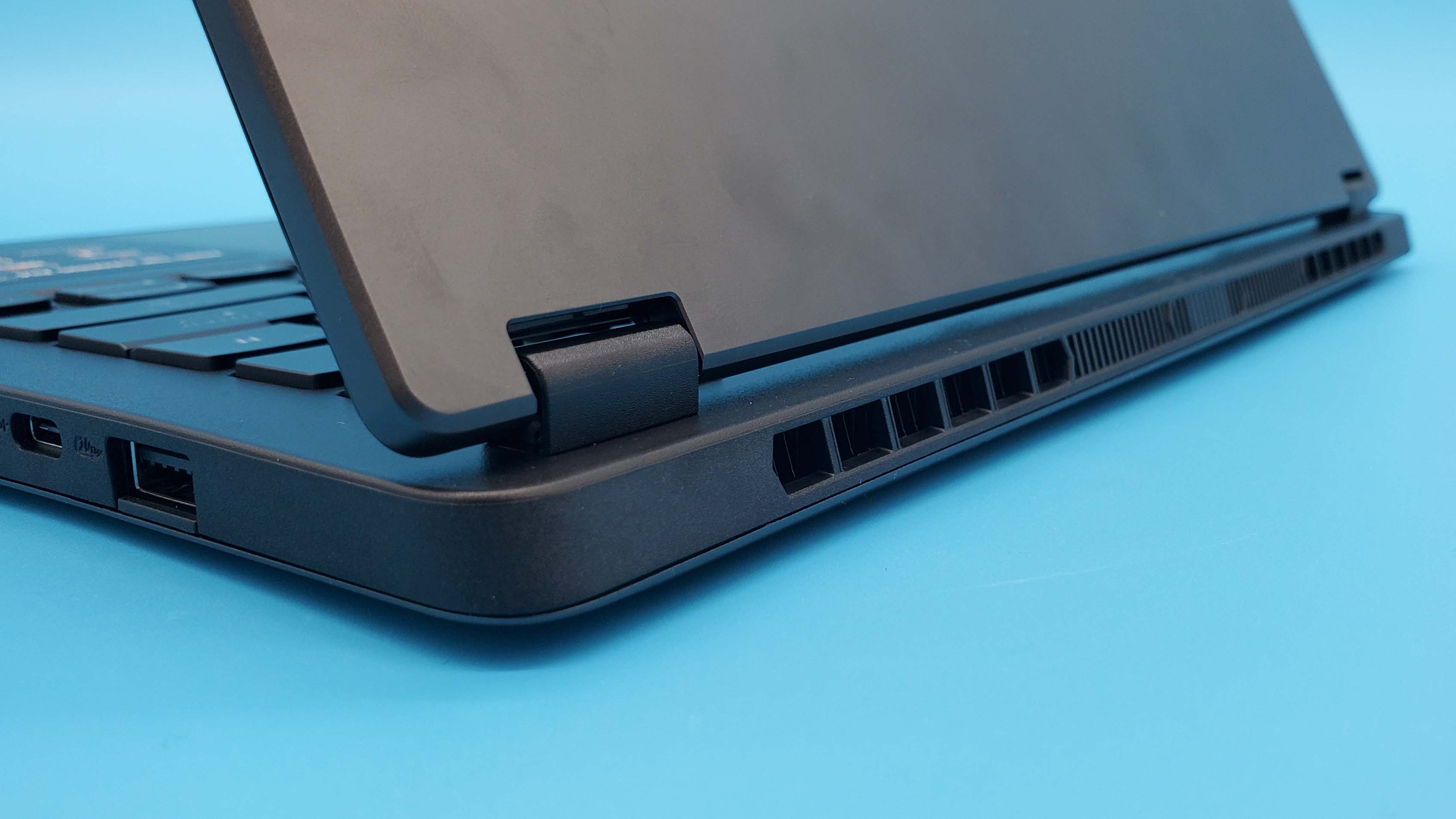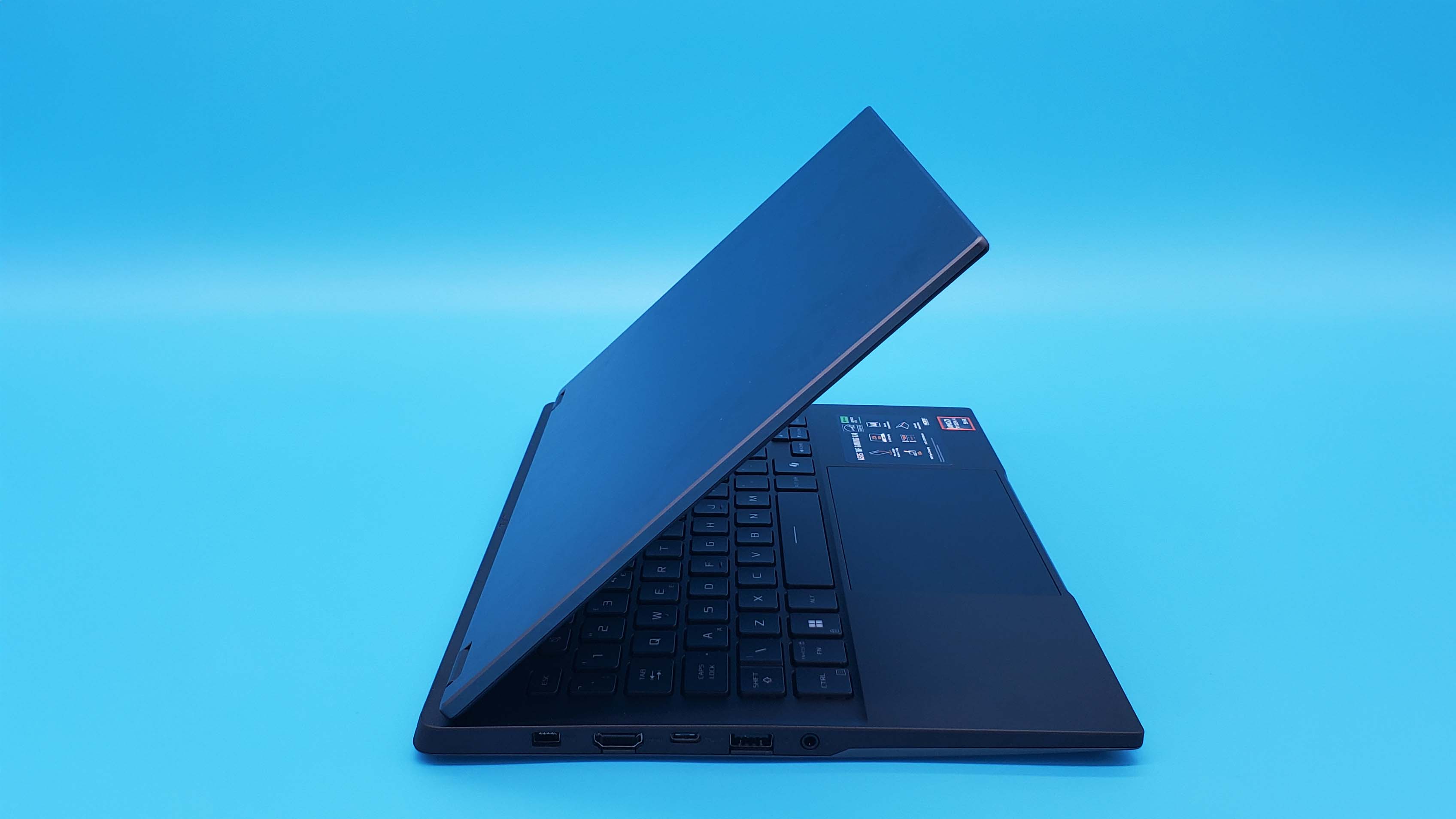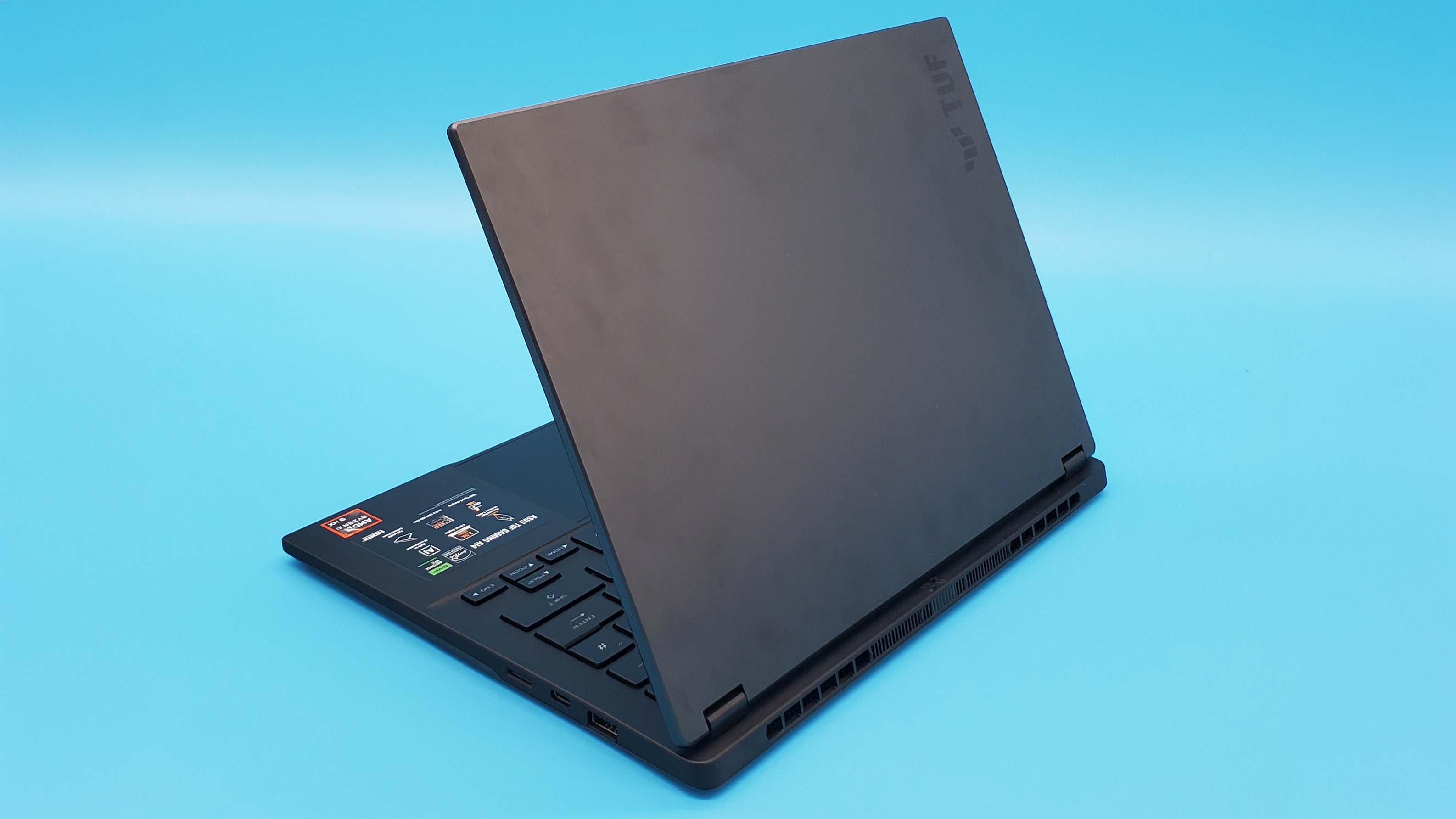








It’s that time of year again. No, not the holiday season, we’re over that, but the time when CES 2025 approaches. The Consumer Electronics Show will officially start on January 7 in sunny Las Vegas, Nevada, and this year’s event is already full of hope and promise, and most especially for PC gamers.
After all, with Nvidia’s Jensen Huang delivering the keynote (and hopefully announcing some next-generation RTX 50-series Nvidia GPUs) and every tech company worth knowing ramping up the potential announcement dates, it’s looking like CES 2025 will be jam-packed full of delicious hardware, much of it of the gaming variety.
I’ll be packing my holiday bags and gambling money (just kidding) and heading off to this year’s show with several other members of the PC Gamer hardware team to provide on-the-ground coverage. Las Vegas here we come.
But before then, I’ve put together a run down of everything we’re expecting to see, along with a few possibilities that are of the more hopeful variety. Who says we’re cynics, ey?
Okay, you don’t all have to put your hands up at once.
Nvidia 50-series graphics cards
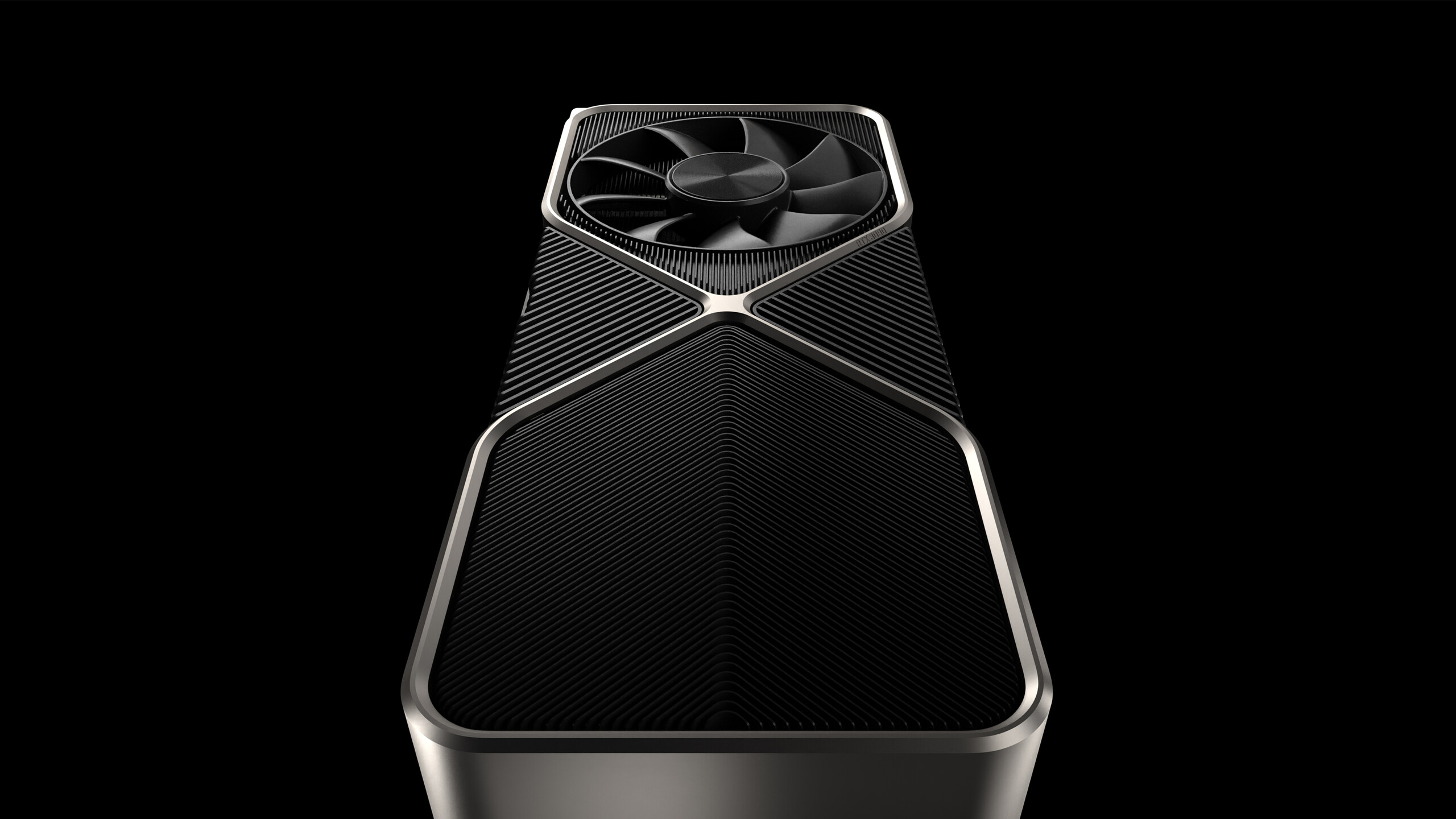
At this point, I’d eat my metaphorical hat if we didn’t see at least some of Nvidia’s next-generation RTX 50-series graphics card lineup announced at CES. That’s probably no surprise to those of you keeping up with your newsfeeds in recent months, as the leaks have been coming in thick and fast for what’s likely to be the biggest GPU release in many moons.
No one was more surprised than us when CES 2025 became the hot tip for a launch location, as it’s traditionally thought of as a more laptop-focussed show. Still, the most recent rumours suggest that we’ll be seeing the RTX 5090, RTX 5080, and the RTX 5070 revealed all at once. This would be another break in recent tradition from Nvidia, as it’s been the two top-tier cards that debuted before the mid-range offerings of the past couple of generations.
Recent leaks suggest that the RTX 5090 will be an absolute monster of a card, with kopite7kimi claiming it’ll have 32 GB of GDDR7 memory across a 512-bit bus, a peak power demand of 600 W, and 21,760 CUDA cores. For those keeping count, that’d be 33% more cores than the RTX 4090, a GPU that’s still considered overpowered to this day. That tracks with an even more recent RTX 50-series specs leak, this time apparently from Zotac—and this one even lists a potential core count for the RTX 5070 Ti.
So could we be looking at four desktop GPUs launched at once? We’ve even heard rumours that mobile GPUs could be on the table, too, although at this point the speculative roar is so loud, it’s difficult to sort fact from fiction. Regardless, it looks like Nvidia GPUs are marching on the horizon, so expect to see new Blackwell-based graphics cards galore come the start of the show—with potentially some AI sorcery in the form of “Neural Rendering“.
What’s that then? We’ll be honest—we won’t really know unless it’s formally announced, as technically DLSS, Frame Generation, and Ray Reconstruction could all be referred to as Neural Rendering. So it could simply be a repackage of all those existing features. But Nvidia is about as deep in the AI toolbox as it could possibly be, so I wouldn’t rule out some high-faluting, all-AI-all-the-time rendering technique we haven’t seen yet. At least, in a way that actually works for gaming, rather than a tech demo.
Exciting stuff though, isn’t it?
AMD RDNA 4 next-generation GPUs
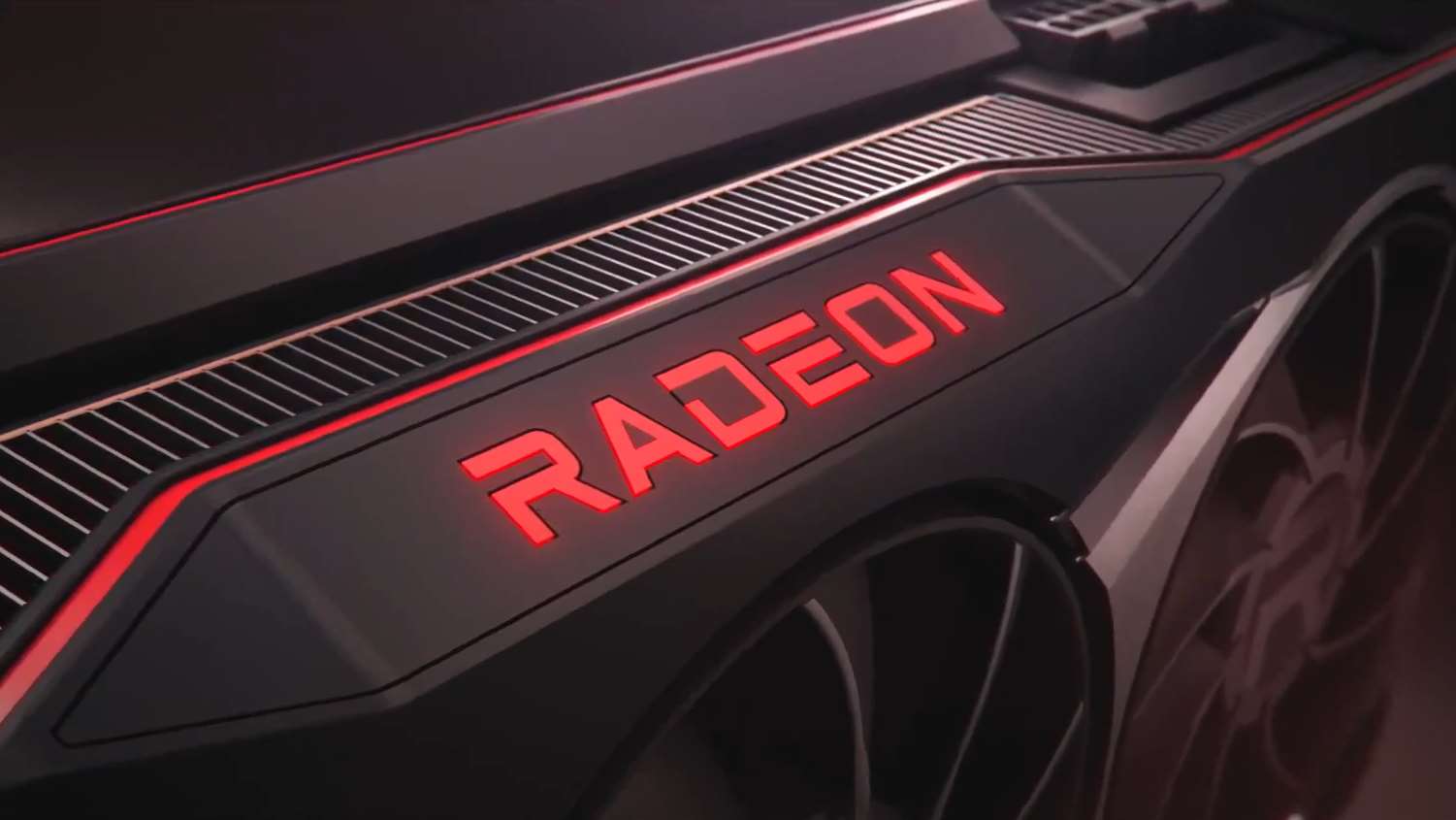
It’s not just Nvidia GPU announcements we’re expecting to see at CES 2025, as AMD’s RDNA 4 graphics cards have long been tipped to make an appearance. We reported back in September that the next-generation AMD cards were expected to launch in January, although those of you looking for a potential RTX 5090 or RTX 5080 competitor will likely be disappointed.
That’s because AMD’s Jack Huyhn has gone on record saying that the high-end market isn’t the priority. This tracks with more recent reports that what’s rumoured to be the top-end card, the RX 8800 XT, will instead deliver raster performance similar to the RTX 4080 Super, and 45% faster ray tracing performance than the current top-end AMD card, the RX 7900 XTX.
And you know what? I’m kinda down with that. After all, we’re expecting Nvidia’s top-end offerings to be mightily expensive, so if AMD can launch a card that matches the RTX 4080 Super for raw grunt and fix the woeful ray tracing performance of the previous generation, I reckon it might be a bit of a winner—providing it’s launched at the right price.
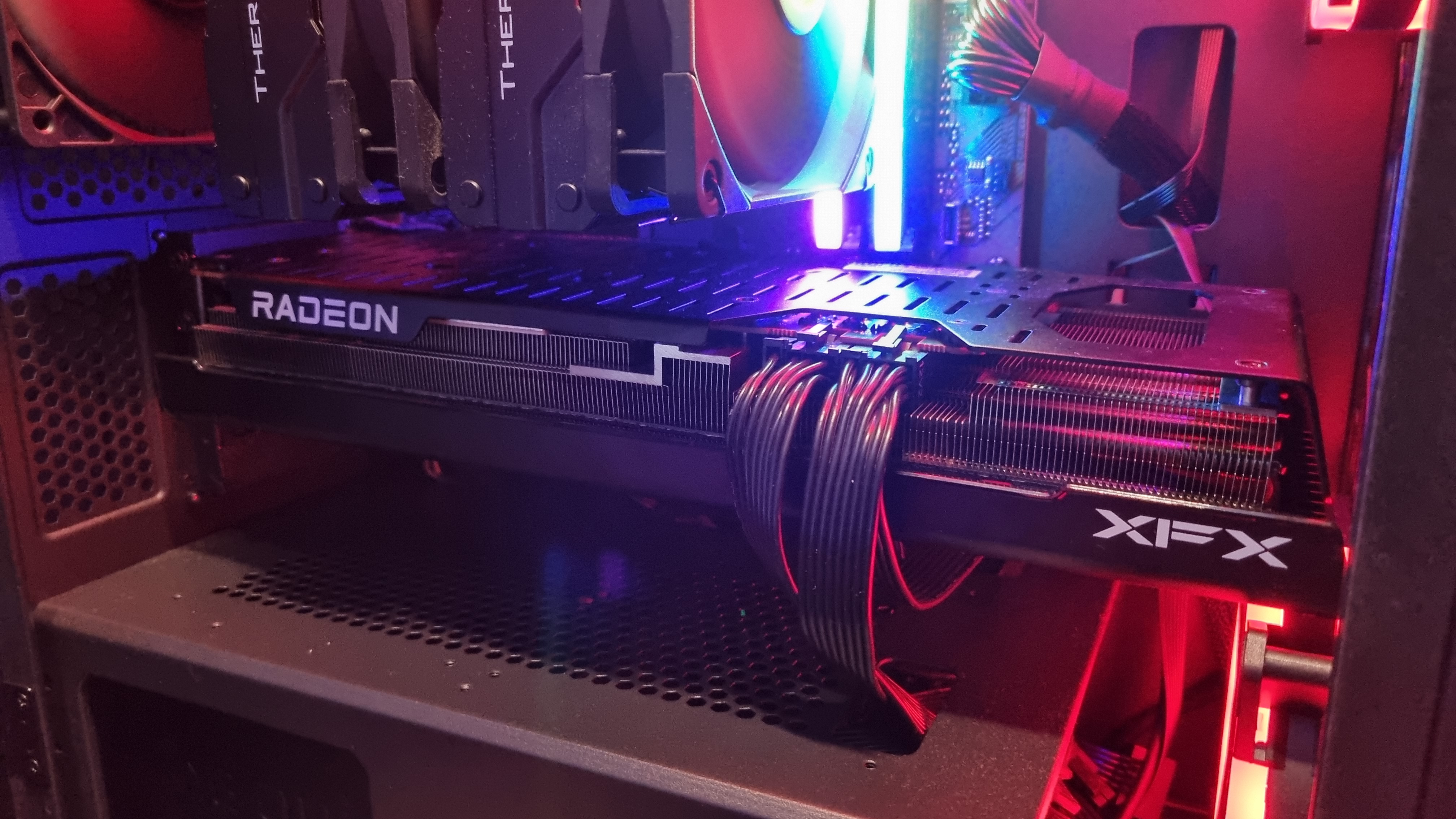
That’s a big if, of course. Further down the lineup, there have been rumblings of a non-XT variant of what might become AMD’s new top-end card (of this generation, at least), and potentially an RX 8700 and RX 8600 as well.
So don’t cry too deeply into your cereal, AMD fans. There are more potential developments to get excited about in the team red enclosure as well, in the form of FSR 4. The scuttlebutt suggests that the upcoming version of AMD’s DLSS upscaling competitor will be AI-based, which also hints that the new cards will have some sort of NPU/Tensor core equivalent to handle the load. And if we see the new cards revealed as expected? Then FSR 4 will likely follow.
As my own testing shows, FSR 3.1 is still behind the curve when compared to the latest version of DLSS—so an AI-enhanced version is something to get excited about for those of us hoping for performant-yet-affordable RDNA 4 GPUs in our future. Fingers crossed, at the very least.
Gaming laptops galore
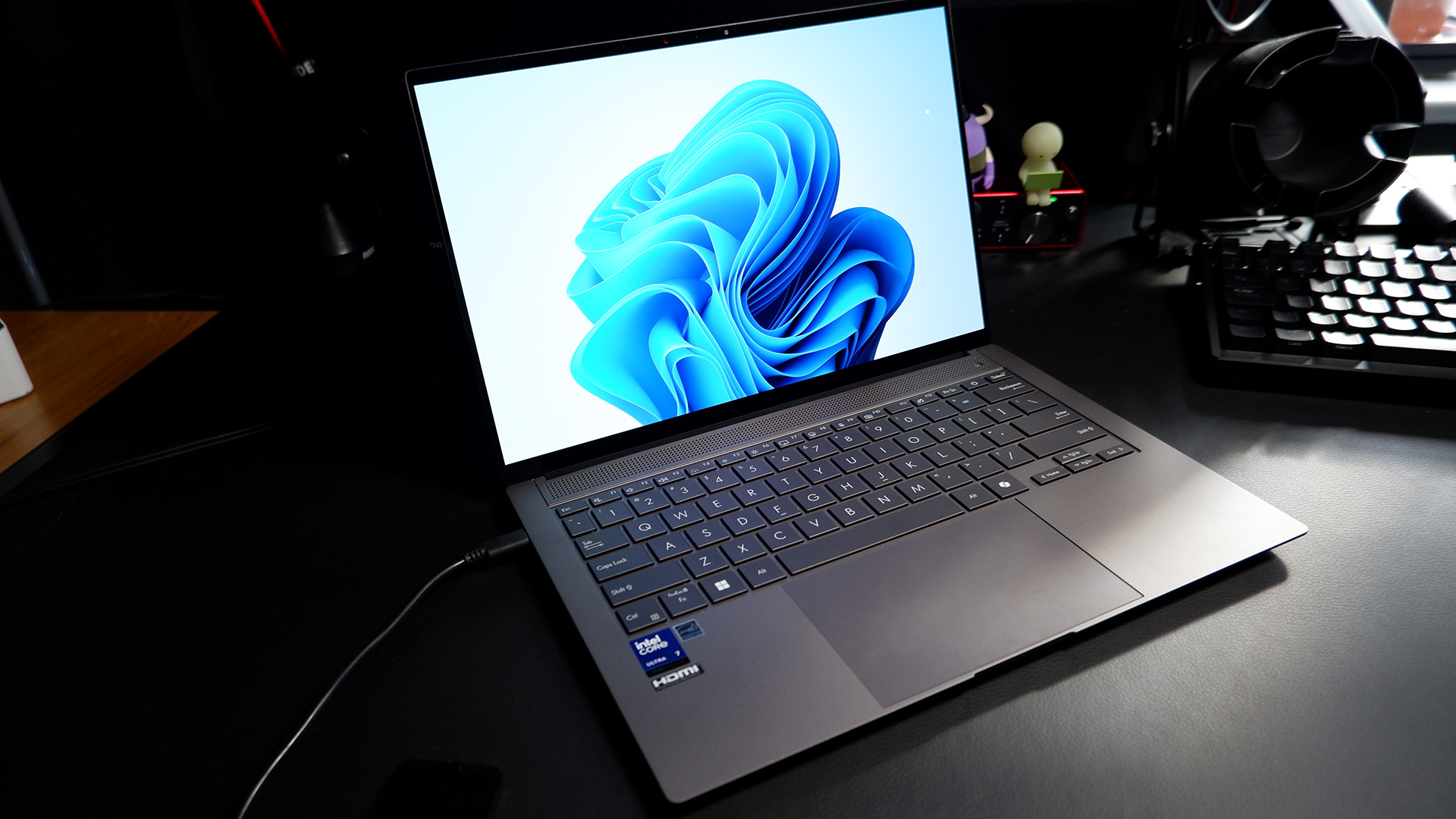
Well, here’s a return to tradition: CES is usually about laptop releases, and this year they’ve got some shiny new chips to nestle inside. We’ve already had a play with AMD’s Strix Point Ryzen AI 300-series CPUs and Intel’s Core Ultra 200-series mobile CPUs, and we’ve been thoroughly impressed. So we’re expecting to see every major gaming laptop manufacturer under the sun release new models at CES 2025, many of them taking advantage of the shiniest silicon available today.
That means Razer, Asus, Alienware—basically, think of a gaming laptop manufacturer, and I’d be surprised if they didn’t have a new model or two to reveal at this year’s show with either AMD or Intel’s most recent efforts
Of course, there’ll be Qualcomm Snapdragon X laptops too, although I’ll be keeping a special eye out for anything making use of AMD’s Strix Halo APU. It’s looking like it might be a very performant chip in early leaks, so I reckon we’ll see the odd ultra-thin, ultra-light machine touting its gaming capabilities.
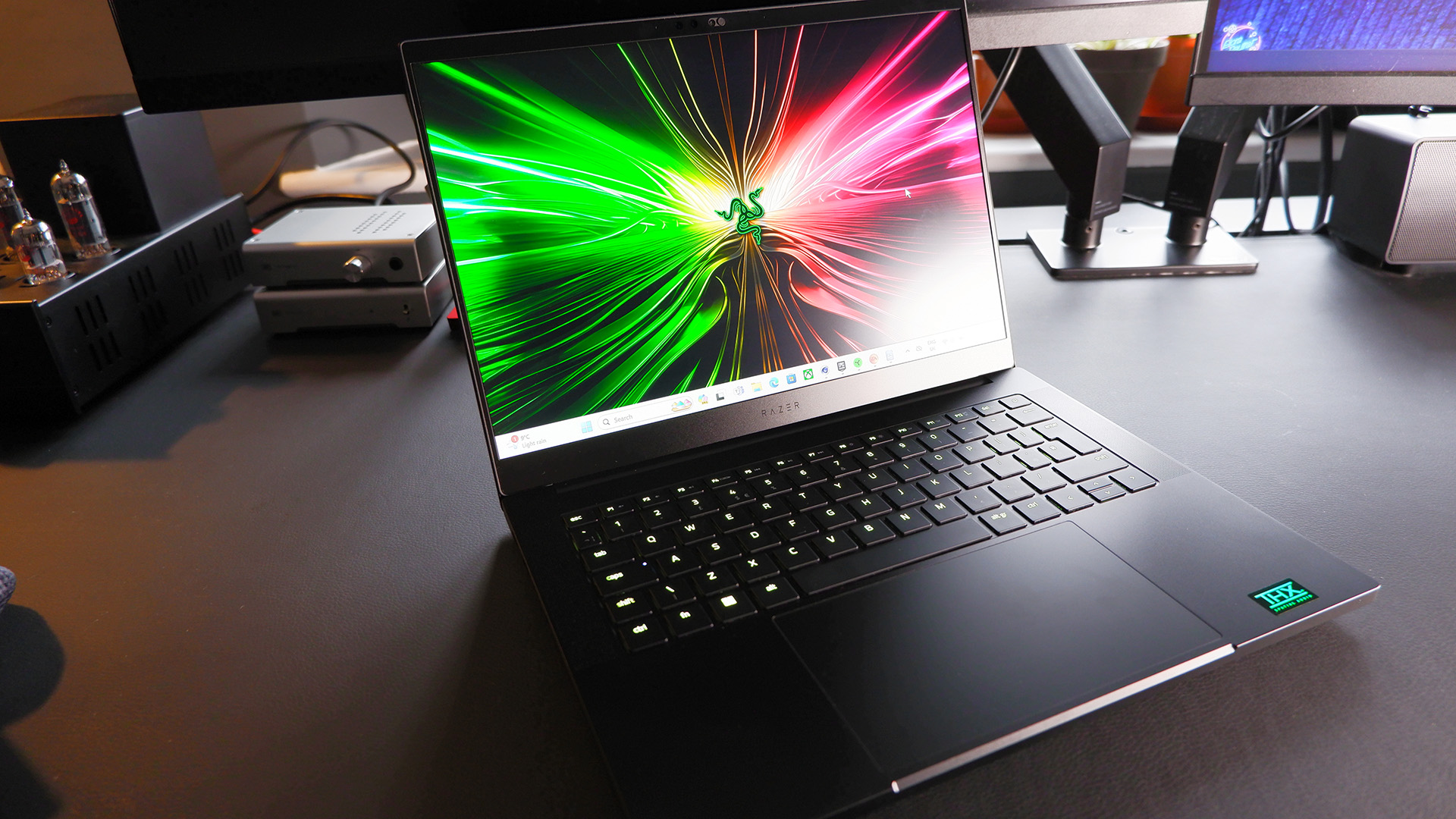
So January’s looking like a superb time to start thinking about your next gaming laptop. With existing efforts like the Asus ROG Zephyrus G16 and the Razer Blade 14 taking the form to sleeker, svelter, and more desirable heights, I reckon 2025 might be the year we see gaming laptops blossom wholesale into the ultra-desirable machines we imagine in our heads.
The cantankerous chassis designs of old are starting to fall behind us now, so I’m expecting slim, portable, and luxurious to be the order of the day.
And I haven’t even got onto the displays yet. OLEDs in gaming laptops are a proper thing now, and I’d wager we’ll see plenty more models released with screens capable of inky dark black levels and gorgeous colour reproduction. Probably the odd Mini LED unit too, just to shake things up a bit.
Oh, and higher refresh rates. It can’t just be me who’s noticed most gaming laptop displays creeping towards the 240 Hz mark and beyond, and I can’t see that slowing down anytime soon. Speaking of which…
Ultra-high refresh gaming monitors, OLEDs, and more
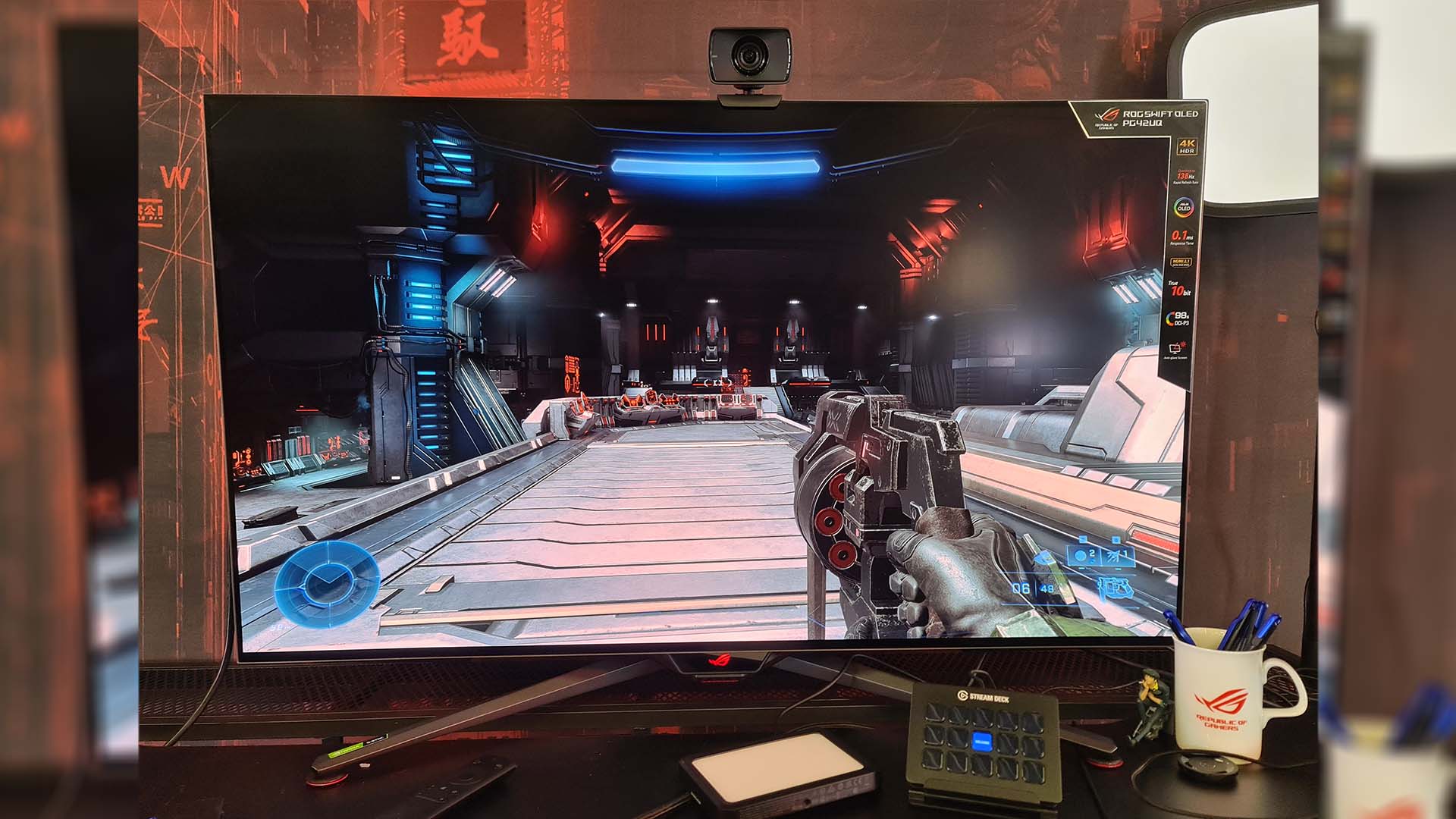
CES has also traditionally been about monitor releases. Or rather, TVs and monitors, as it’s technically the Consumer Electronics Show, so expect plenty of screens designed to sit in your front room as well as on your desktop from many of the major manufacturers.
Expect gaming monitors of all sizes, shapes, and feature sets to dominate your newsfeeds over the course of the show, many of them aiming to reach new heights of refresh rate nirvana. Esports is a major driving factor for many monitor manufacturers these days, so I’m expecting to have to elbow my way through internet megastars (the names of which I do not know) in order to get to whatever hot new monitor of the moment they’ve come to promote.
I’ll be gentle, I promise. Still, speedy screens make for great gaming monitors for the rest of us (to a certain extent), and it’s in person where that refresh rate becomes less of a number on the box and more of a lovely thing to behold. So I’ll be sure to pump myself up with caffeine and plonk myself down in front of as many of them as I can, along with our other team members. The conversation will be fast-paced and nerdy. Of this, you can be sure.
Again, OLED gaming monitors everywhere is the expectation—and perhaps even some more affordable models, if we’ve been really, really good. Plus, there are usually some laptops with fold-out screens to admire, before we all agree that it looks a bit flimsy and move ourselves on to the next booth. Anyway, monitors, lovely screens, expect lots.
Handheld gaming PCs
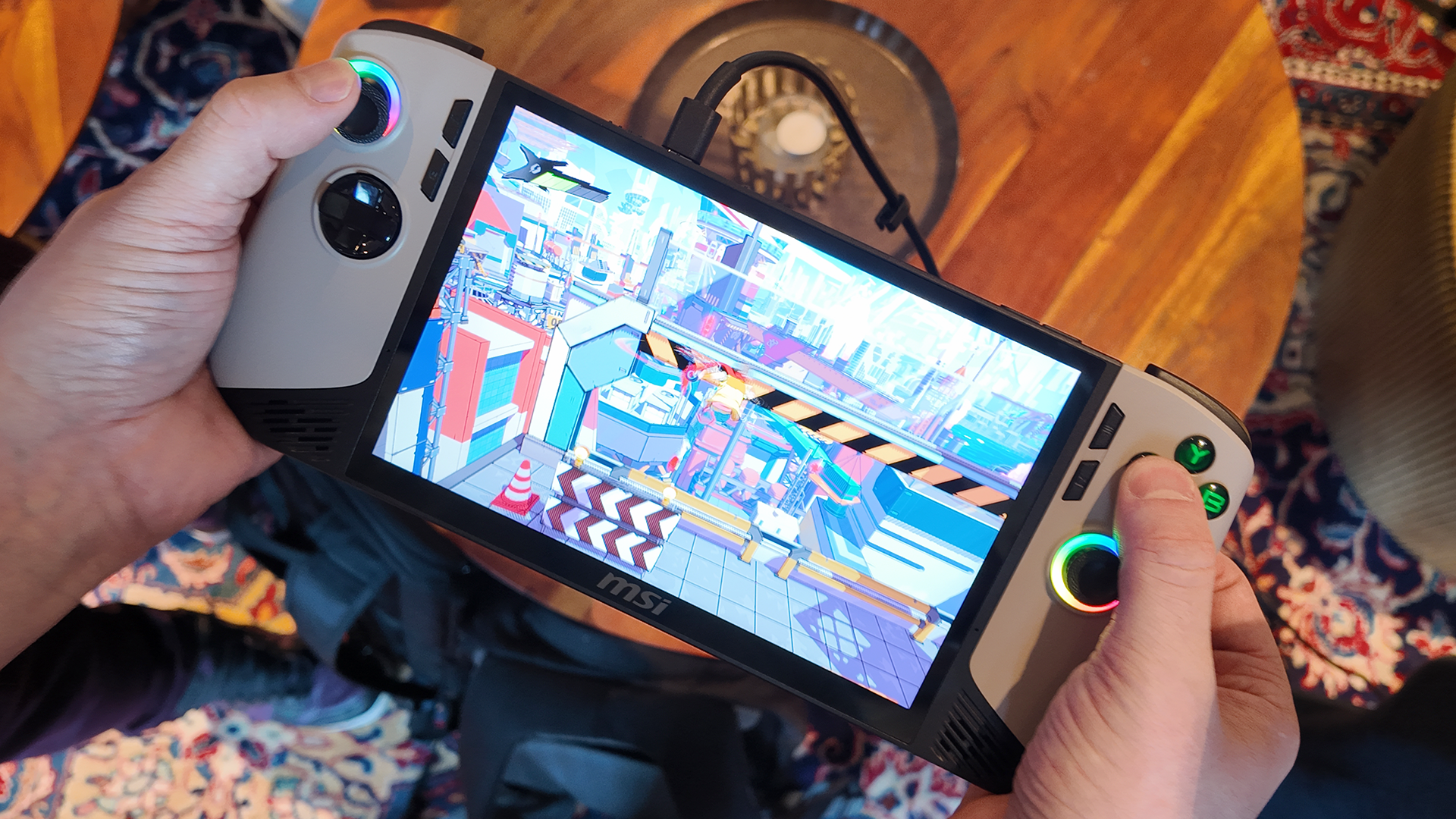
Remember what I said about new chips? Well, now that Lunar Lake and Strix Point are officially a thing, we’ve all been very excited at PC Gamer towers to usher in the next generation of gaming handhelds. The APUs in the older devices are starting to look a bit long in the tooth, so high-powered handheld gaming PCs are something we’re hoping will be the order of the day.
Personally, I’m going to be keeping an eye on Lenovo, as leaks regarding the Lenovo Legion Go S have been so frequent this year, I feel like I’ve seen it already. Providing it does actually exist (wouldn’t it be a turn-up for the books if it didn’t?) and makes an appearance (who knows?), it’ll likely find itself sitting in amongst some tough competition, given that the handheld market seems to be growing at a phenomenal rate.
The original MSI Claw didn’t exactly set our hearts aflutter earlier this year, but the MSI Claw 8 AI+ is touting some remarkably high benchmark numbers, courtesy of testing performed by, err, MSI. We’ll be sure to get our hands on one of those if we see one, although obviously we won’t be able to benchmark it ourselves at the booth if MSI has one to show off. I mean, probably. Still, it’s an interesting thing and seems much worthier of consideration than the old, Meteor Lake-based model.
Then there’s the Adata handheld prototype my beloved hardware overlord Dave got his hands on at Computex this year. A bizarre machine for sure, but we loved the creativity on display. Will it make a reappearance, potentially with some tweaks? Time will tell. Still, I’m hoping to have a play around with some handhelds that dazzle, so keep an eye out for our coverage as we scythe our way through the show floor, hunting down all the latest portable PCs.
Motherboard chipsets
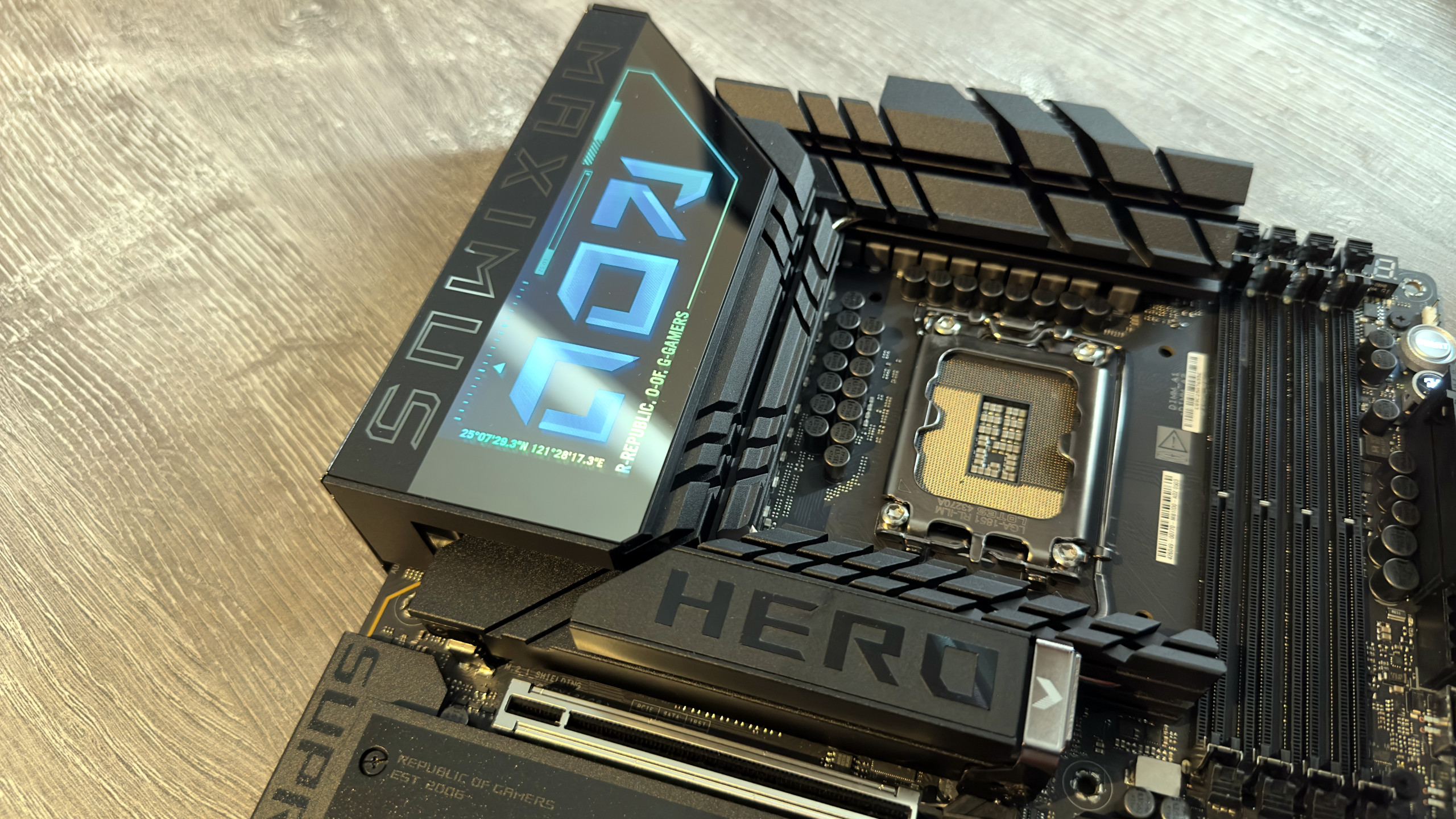
How’s this for confusing—thanks to some leaks, we’re expecting to see motherboards using new chipsets from both Intel and AMD, and they’re said to be called the B860 and, err, the B850. Yep, two entirely different new chipsets, from two different and highly competitive companies, separated by a single-digit change.
So for clarification, the B860 is expected to be Intel’s latest Arrow Lake-S chipset. If the leaks are to be believed, it’ll sit below the current Z890 chipset in the lineup with support for 45 total high-speed I/O lanes and up to 12 USB 2 ports, and six USB 3.2 ports. It’s currently believed to be locked for chip overclocks, although RAM overclocking is said to be supported. Keen eyes have already spotted listings for Asus motherboards using the new chipset, supposedly arriving at CES 2025.
On the AMD side of things, we have what’s expected to be the B850 chipset for Zen 5 CPUs. Videocardz already has photos of what a reader claims is the Gigabyte B850M Aorus Elite WiFi6e Ice (another catchy motherboard name to add to the list), and it’s said to offer PCIe 5 support for NVMe drives, and optionally graphics. The leaked board photos show four DDR5 DIMM slots, connections for 24+8 pin power connectors, and a whole lot of board elements hidden underneath some shiny white covers.
Not the most thrilling CES expectation, I guess, but that’s what we have to go on for now. Expect to watch me become confused by chipset naming schemes at this year’s show, and in fact, probably at future ones as well.
HDMI 2.2

Now we’re talking: cable and connection standards! The current HDMI 2.1 specification supports 4K resolution at 120 Hz uncompressed, and up to 10K 100 Hz with Display Stream Compression (DSC). That’s all dependent on what cable and monitor (or TV) you use, of course, but rumours suggest that we’ll see the announcement of HDMI 2.2 at CES 2025, which will support…
Actually, we have no idea. Just the potential announcement, that’s what’s been leaked at this point. Of course, if we do get a new HDMI connection standard then it’s likely to be capable of far exceeding the 42 Gbps maximum data rate of current HDMI 2.1 connections. But by how much, we really can’t say at this point.
Still, when it comes to gaming monitors we’re currently looking at a 240 Hz limit at 4K using the current top HDMI standard, so this may simply be sowing the seeds for 8K ultra-high refresh rate displays to come. Not that modern GPUs can really make use of that sort of headroom at the moment, but hey, faster hardware is coming, and that means faster connections and cables will eventually be needed to accommodate it.
I wouldn’t expect to see an HDMI 2.2 port on new graphics cards from any of the major players for a while yet, but you never know, do you?
AI everywhere, again

Last year’s show was all about AI. Guess what this one might be about? Yes, the AI boom is still far from bust, so it’s once again time to put on our anti-hogwash hats and delve into all the AI offerings to see if any of them are worth talking about.
I kid, I kid, AI has its uses. I mean, we struggled to find them at last year’s event, but in 2025 we’ll be once again stalking the halls to see if we can find AI products that make sense. Of course, Nvidia will likely be talking up all sorts of AI shenanigans, and I’ve already covered the potential AI integration we’re expecting to see in FSR 4 if it arrives. Perhaps we’ll get another chance to play with Nvidia ACE, the AI-NPC tech that left our Jacob stunned in 2024?
And who can forget my legendary post-show article from last year, summing up three AI features we thought we might use, and three we definitely wouldn’t? Even me apparently, because I’ve just rediscovered it. Still, AI will be all over Las Vegas this year as well I’m sure, so here’s hoping I end up writing an AI product redemption piece now the tech has hopefully matured. See, I told you we weren’t cynical. Just bitter, and that’s a different thing entirely.
Source link


























